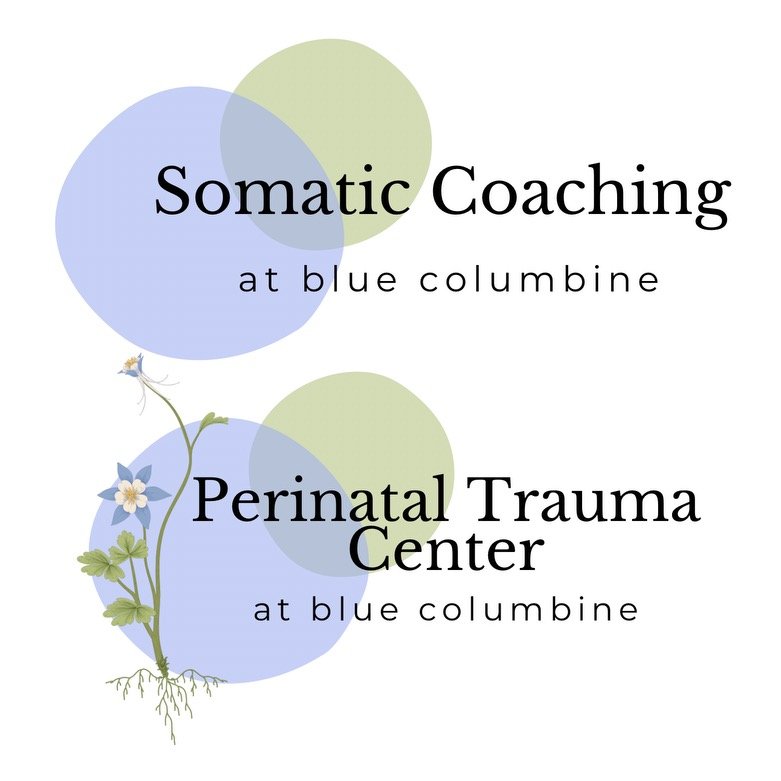Compression and Release
The architect Frank Lloyed Wright employed a style of building that created a sense of compression and release. By creating rooms with low ceilings, he created a sense of pressure - compressing one into the space. He did this in order to give a sense of release when moving into the next space - a space with high ceilings and sweeping views of nature. I think that working through Trauma is a lot like that. The event happens. Then we feel stuck in the compressed space. The perceived lack of safety that lingers long after the event keeps us stuck in the small, dark place. We desperately want to heal, we even have a sense of that large, beautiful space beyond our cave, and yet we are afraid to move into it. We know that we are surviving where we are. We are certainly not thriving, but our basic needs are met, and we are staying alive. That’s the job of the nervous system. Not to make us happy, but to keep us safe which is why we can stay in the compressed space as long as we want. But it wears on us, it effects every aspect of our lives and robs of light and joy. So why not simply walk into the release? Our brain knows that things could be better, so why don’t we just move out of the compression? It is because we cannot think our way out of Trauma. Trauma is a physical response of the nervous system, and it cuts us off from our cerebral cortex.
Somatic healing addresses exactly this problem! I get to witness daily the move through the compressed space into the release. It is a beautiful thing. Once the body lets go of what it is holding, we can take those steps out of the cave and into the light. We draw close to nature and become grounded. It is a beautiful thing to guide and observe. By sitting with the sensations that show up, simply acknowledging they exist and listening to what they are trying to tell us, we get to allow their process to complete. The body is always orienting towards safety - towards that big open room, but events that are integrated as Trauma keep us frozen in that mode of survival long after the actual threat has passed. But if we can help the nervous system to understand that the threat is no longer active, then the orientation to safety shifts and we get to heal.
As we walk through the compressed space and experience the release of the open space, we know that the cave is still present. What we survived doesn’t have to disappear. We don’t have to let it go. What happened matters and it always will. We get to keep it. But sitting in the release feels so much better and more whole. We can stay there and notice the compressed space. It is still there. But we don’t have to be inside of it.
Frank Lloyd Wright grew up in what he described as and “unstable household,” impoverished, full of anxiety and “deeply disturbed and obviously unhappy.” His life was full of difficulties and tragedies. I don’t know if he ever went on any kind of healing journey, but his work would reflect the desire to move into harmony. The body always orients toward healing! Maybe his system designed buildings with connection to nature and compression/release because it understood that’s exactly what he needed to heal his own soul.
